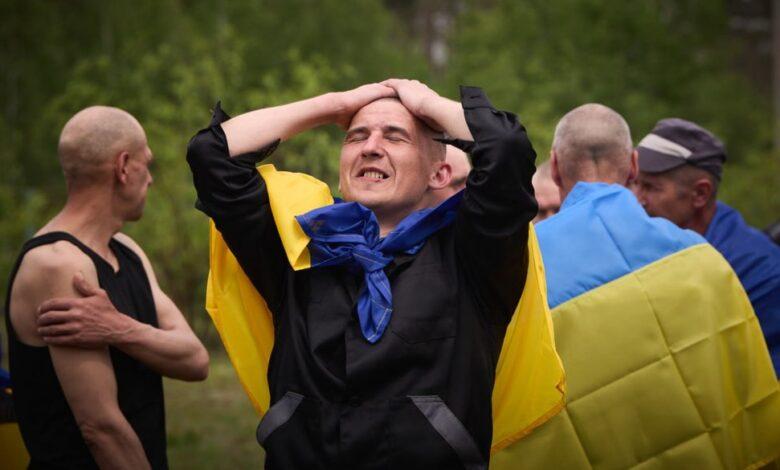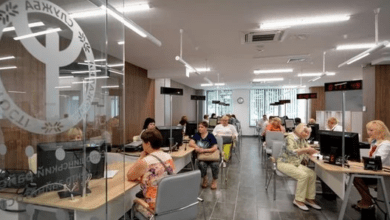Vinnytsia became the first city to honor prisoners with a separate banner

Vinnytsia became the first city of Ukraine, which at the municipal level started official commemoration of Ukrainian soldiers, missing or those who are in Russian captivity. Now, every day on Taras Shevchenko Square next to the State Flag, the Flag of Hope – a symbol of memory and hope – will fly.
According to the new ceremony, the black and white flag is solemnly raised next to the State Flag, in the area of the memorial sign of the Heavenly Hundred and those killed in the Russian-Ukrainian war.
Although the Flag of Hope does not have the status of a state symbol, it carries a deep meaning. The color black represents the pain, suffering and loss experienced by the families of the missing. The white color symbolizes hope, faith in salvation, return and a bright future. The combination of these colors serves as a daily reminder that the struggle continues not only at the front, but also in the hearts of those who await the return of their loved ones.
The first flag-raising ceremony was attended by relatives of the missing, military personnel who survived Russian captivity, caring residents of Vinnytsia and representatives of the city authorities.
Deputy Mayor Roman Furman emphasized, that the Flag of Hope is not just a symbol, but an appeal to all Ukrainians with a call to remember those who remain in captivity of the enemy. He emphasized:
“This is a daily reminder of our duty. We cannot forget them. It is the belief that our Defenders will return home.”
The raising of the flag was carried out by relatives of the prisoners and a military man who himself was a Russian prisoner. Among them is medical doctor Ivan Demkiv, who emphasized that it is faith and expectation that give strength to survive in conditions of captivity. He noted:
“Only one thought keeps you captive – you are waiting. And the one who is waiting should know: we are fighting for our return. The Flag of Hope is support for us.”
This initiative was supported by the Central Regional Center of the Coordinating Headquarters for the Treatment of Prisoners of War. As Andriy Laduba noted, in every exchange there are representatives of Vinnytsia, and everyone who is still in captivity is part of a big common cause.





